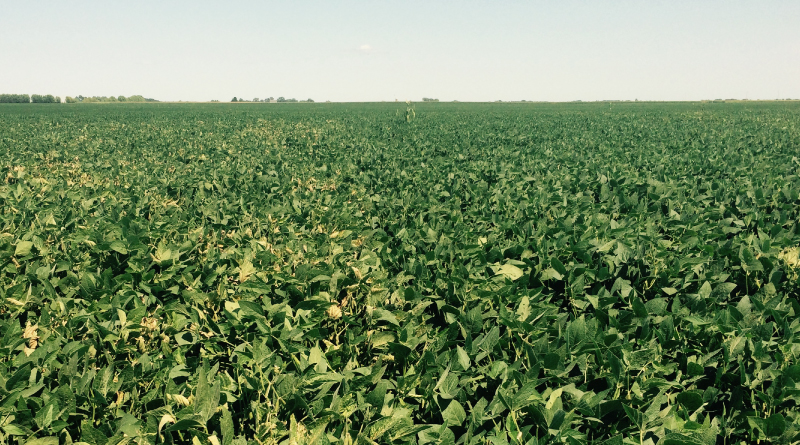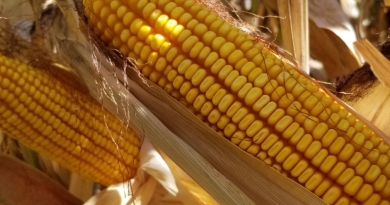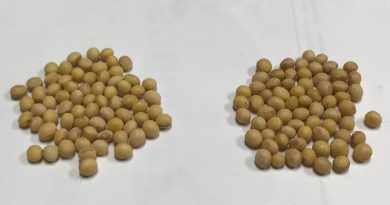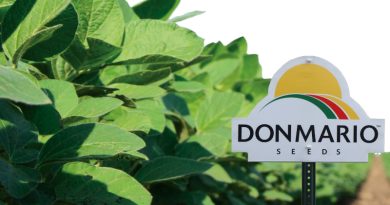Key Soybean Diseases
Chris Brown, Field Agronomist
With an increased focus on soybean production and management in recent years, growers need to be able to identify diseases affecting soybeans to make the correct management decisions in years to come. Use our Scouting Calendar to keep track of managing insect and disease pressure in your corn and soybeans throughout the growing season.
Key diseases causing the largest soybean yield reduction across our footprint:
Brown stem rot (BSR) – Brown stem rot overwinters in soybean residue left on the surface and symptoms are most pronounced when fields are wet during flowering growth stages. Hot weather limits disease development. Symptoms include browning on leaves between veins and on the interior portion of the stem when split. Leaf symptoms can easily be confused with SDS symptoms. Managing the soybean variety, tillage, and crop rotation based on field history can reduce incidence and severity of BSR.
Sudden death syndrome (SDS) – SDS infects roots early in the season; rarely do leaf symptoms appear before mid- to late July. Irregular shaped spots and green around the veins of the leaves give SDS its characteristic appearance. Tissue between the veins will continue to brown, leaving only the mid-vein and major lateral veins green. Infected plants have rotted roots with deteriorated tap roots. Management options include utilizing resistant varieties, extending rotation back to soybeans for at least two years, reducing SCN in a field, and seed treatments such as PowerShield® SDS. If a field has a history of SDS, treating the seed with PS SDS is a recommended management practice.
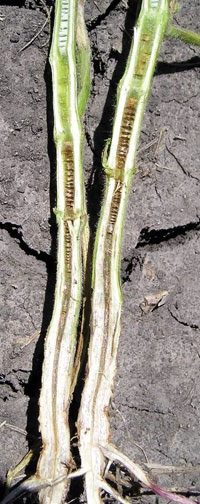
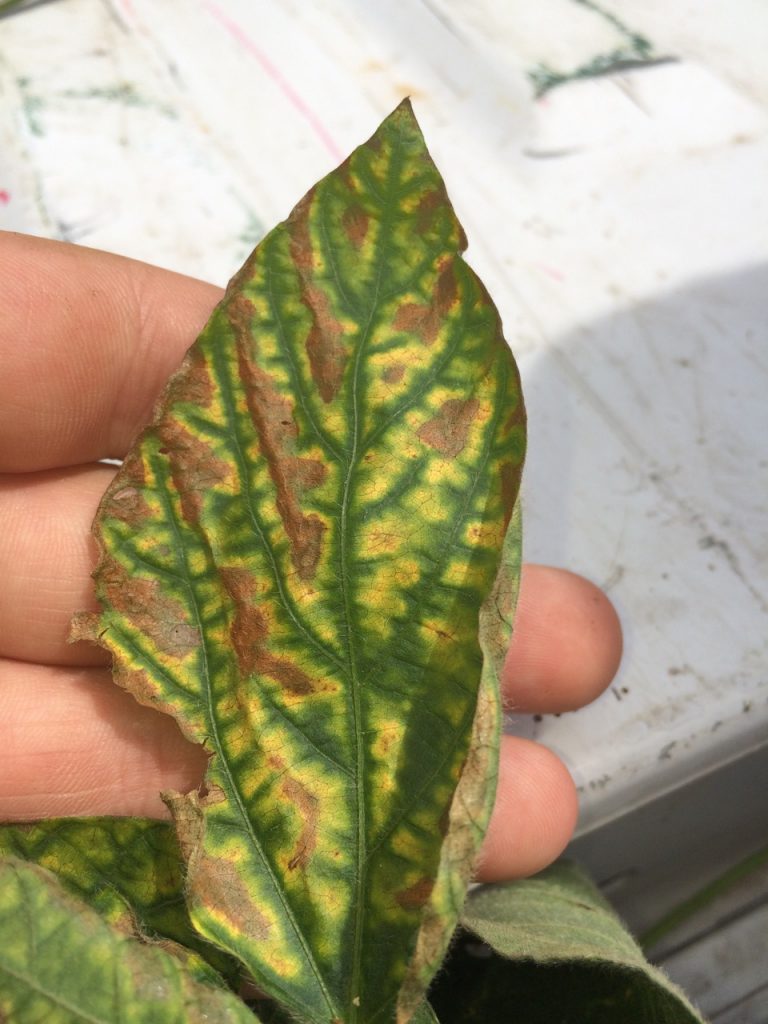
White mold – White mold is more common in cooler growing regions and can cause significant yield loss, most noted during wet growing seasons. The disease is identified by white, fluffy growth on plant stems. Symptoms become visible in the R3 – R6 growth stages as gray lesions appear at the nodes. Foliar symptoms include tissue between the veins taking on a gray appearance. The leaves eventually turn brown and dry while remaining attached to the stem. The fungus survives in the soil for several years as sclerotia. Rain, cool temperatures and moist soil below the canopy will favor infection of the plants. Management of the disease can be achieved by selecting resistant varieties, rotating from soybeans for 2-3 years and tillage. Fungicides can be effective in managing white mold, but timing is key. To be most effective, fungicide with activity on white mold needs to be applied just prior to infection. This requires growers to take note of weather conditions that favor white mold and make preventative applications when they exist.
Charcoal rot – Charcoal rot can be an important yield robbing disease under hot, dry conditions. Symptoms of charcoal rot appear after flowering. The first signs of charcoal rot are patches of stunted, wilting plants. Leaves will remain attached after plant death. The lower stem and roots will be discolored light gray. When stems are split, there is black streaking in the woody part of the stem. Rotation to small grains, such as wheat, will reduce inoculum in the soil. Avoid excessive seeding rates so plants do not compete for moisture, which will increase risk during a dry season.
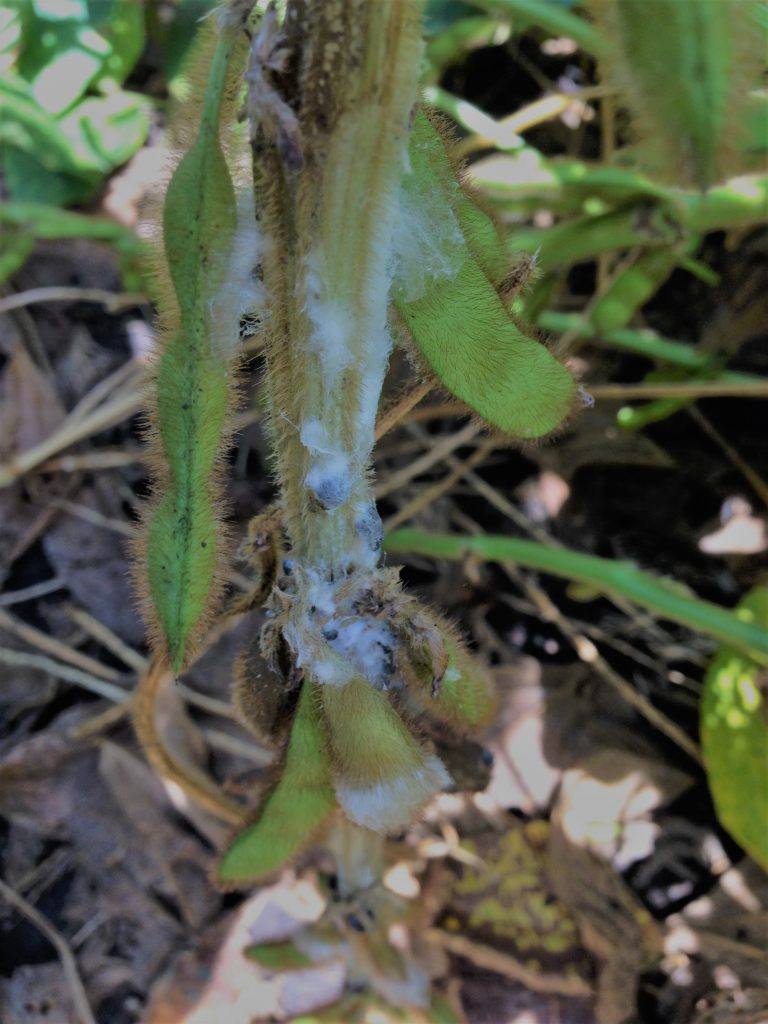
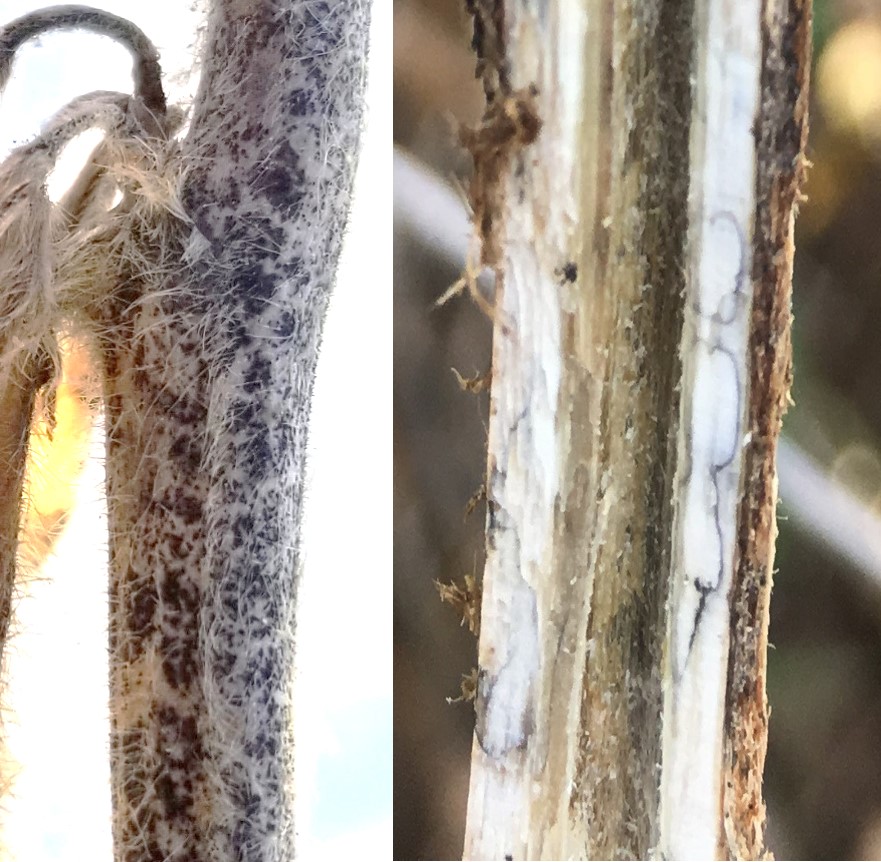
These are just a few of the diseases that affect soybeans, but they are the diseases which can cause significant yield reductions and require advance management to minimize their effects. For help diagnosing diseases in your fields, contact your Burrus Representative or Field Agronomist.
This article was originally published in the 2018 Burrus Seed Harvest Report.

